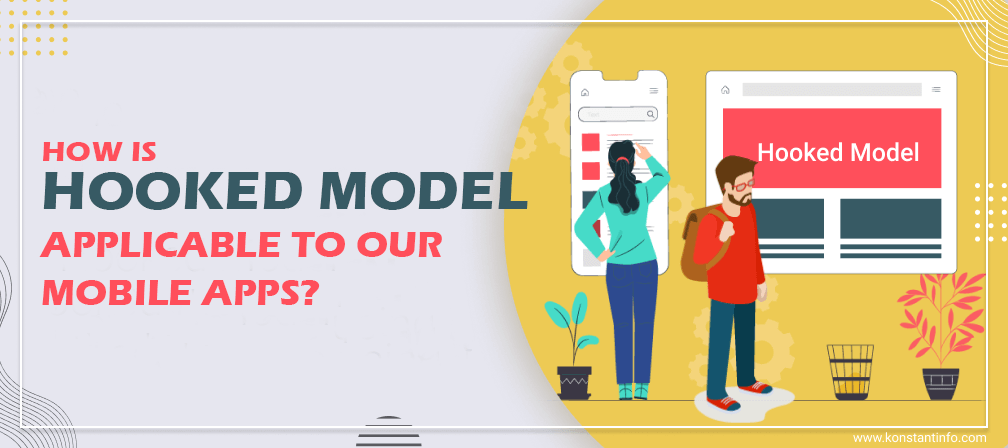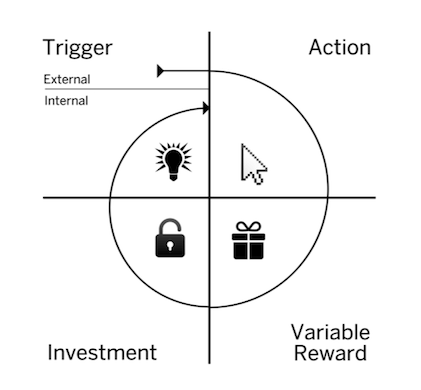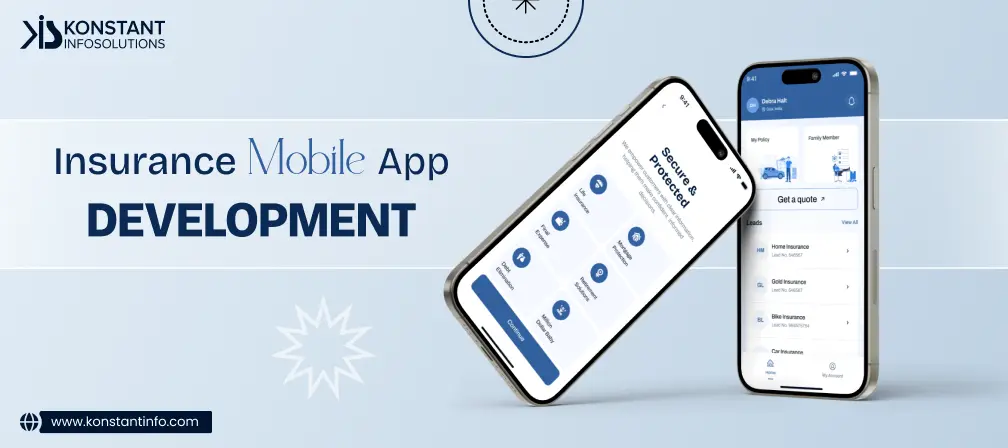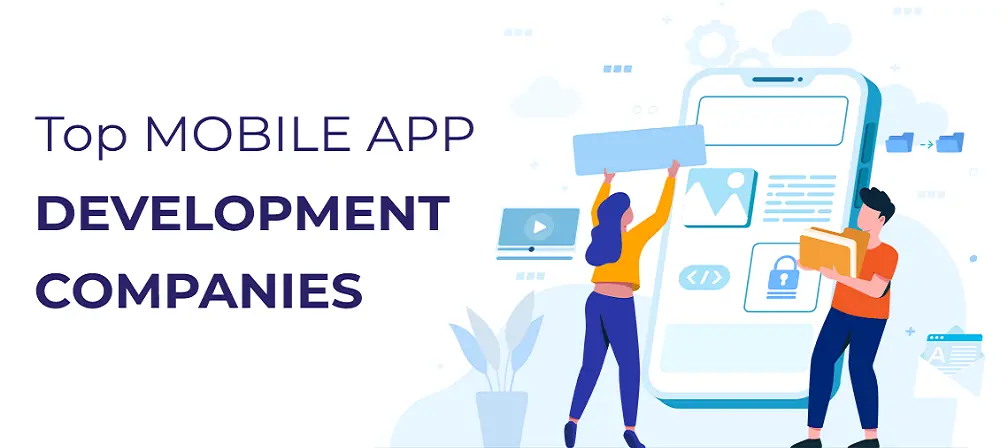
Table of Contents
The best technologies are the ones that improve the human condition. These are like reading the whole life down to the sign that we’re dealing with, which seems to be so true. Everyone adores technology only to the extent they are usable – help to keep pace with the current times, converting analog to digital, set and track goals. The incredible extent to which the younger generation relies on the most modern gadgets to set personal goals, and stay motivated is increasing proportionally. Your cell-phones have already replaced your camera, your calendar, your alarm clock, it has great power for good but don’t let it replace your family.
Some apps dispose of the users to tracking everything from social media like HabitBull, Time Planner, Coach.me, Strides, Google Goals, Habit Streak, Facebook, Gmail, WhatsApp and many more.
Our day-to-day behaviour (that may be good or bad), habit-forming
So much of what we do with contextual cues in the environment triggering the release of a pre-programmed set of behaviours that happen largely outside our conscious awareness. There are times when we reserve our brainpower for more pressing tasks but still manage to escape and sneak-peak into not-so-important ones like checking posts, tweets, recent photos, updating status on various social media apps.
But effective habit formation has got nothing to do with the goals. The real power still lies in cue-based habits. Relying on cues in the environment – it could be physical, natural, social, technological and likewise.
There is this beautiful Hooked-model based on the theory by Nir Eyal.
a

(Image Source: Nir Eyal, The Hooked Model)
Developers need to analyze user’s behaviour like search and browse history and then start creating hooks from their experience. Here is how to create a hook-model to user onboarding:
Find Trigger Moments – This might include external triggers and internal triggers.
Such triggers require sufficient motivation and ability to succeed thereby increasing the user’s ability and motivation.
Some of the external triggers that developers may use during user on-boarding: empty states, product tours and emails.
It could be really hard to tear yourself up, more precisely “quarantine” yourself from your mobile phones, even for a few hours. With social media at our fingertips, we’re constantly distracted by the outside world and disrupt our everyday business. Unknowingly, this is a business opportunity for some others who count and track each of our activities. Counterintuitive to this, other businesses do have applications that stop users from such distractions: Offtime, Moment, BreakFree, Flipd, AppDetox, Stay on Task etc.
Trigger, action, reward and investment are the four core principles of the hooked model that drive the habit driven behaviour of any habit-building app (especially, social media). The way these principles are followed define user consistency with the system. To know more about how to make your mobile app a daily habit for your audience, talk to our experts and ensure users get variable rewards which would push them to invest progressively on your app.



Neeti Kotia is a technology journalist who seeks to analyze the advancements and developments in technology that affect our everyday lives. Her articles primarily focus upon the business, social, cultural, and entertainment side of the technology sector.
Or send us an email at: [email protected]